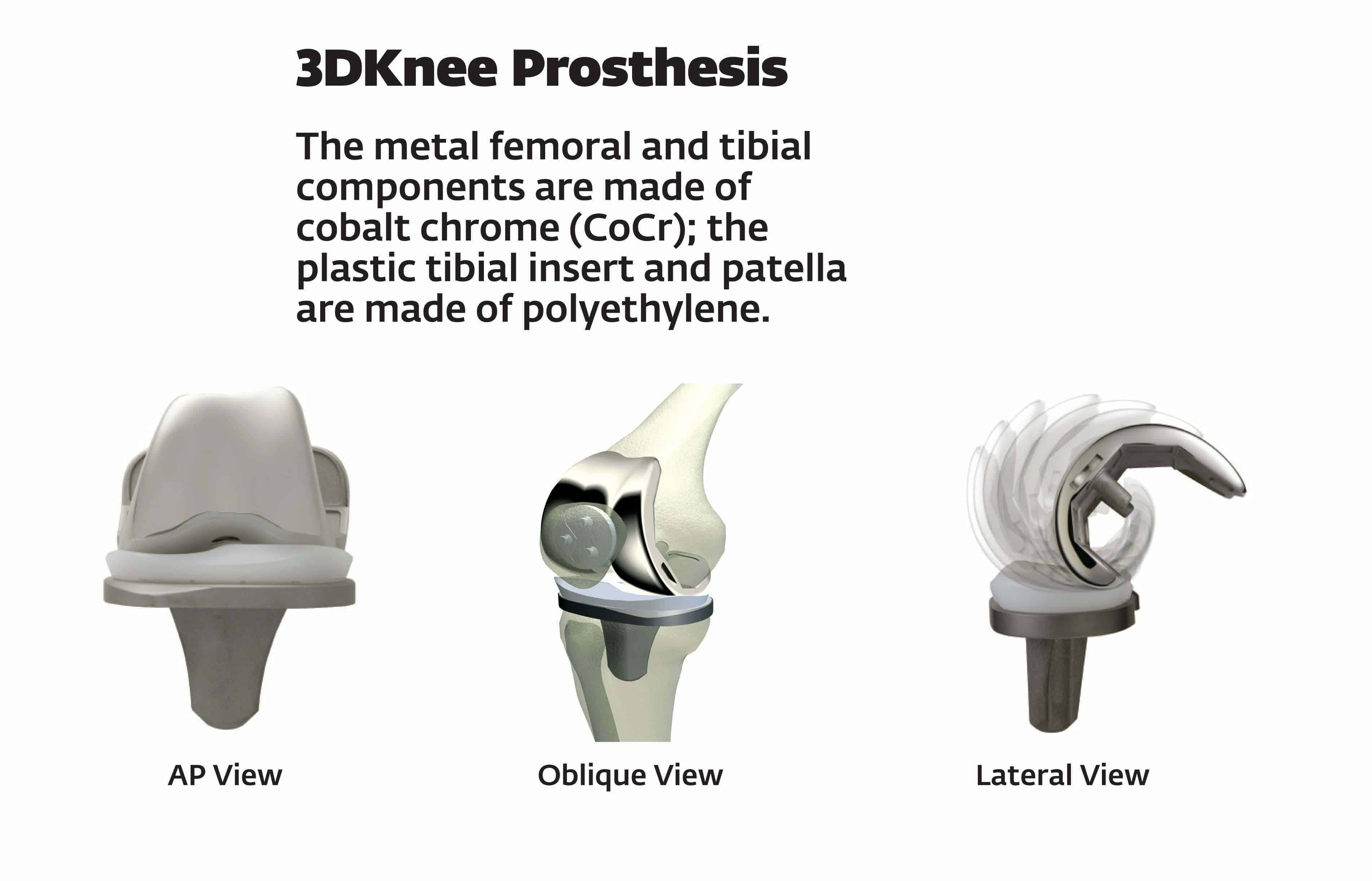Oxford partial knee designed to repair only the inside of the knee removing 75 less bone and cartilage than a total knee replacement.
Knee replacement titanium vs ceramic.
90 percent of.
Ceramic is one of the best materials that can be used in a hip replacement but when paired with a metal socket it quickly falls to the back of the pack.
Ceramic implants are not a replacement for titanium implants but an excellent alternative in a range of cases.
Additionally the elastic nature of titanium and titanium alloys is lower than that of the other metals used in knee implants.
During knee replacement surgery these implant components are usually connected to the bone with cement a technique that generally yields excellent results.
The goal with any bearing surface is the bigger head with less wear rate.
Ceramic on ceramic has the lowest wear rates but there have been issues of squeaky joints and cracking.
So my choice is still ceramic on polyethyelene.
Before selecting a titanium knee replacement or a ceramic knee replacement a background check of the products and the knee implant manufacturers needs to be done.
Among the most popular manufacturers in the us stryker offers total partial and revision knee replacement systems that are suitable to a wide variety of patients.
Is to remove the implant and replace the knee with a special implant made of ceramic or titanium.
The most common metal ions found in knee replacement implants that can cause hypersensitivity include nickel cobalt and chromium.
Titanium and its alloys have a lower density compared to other metals used in knee implants.
The review check and the ratings will further ensure that the right product is being chosen before going ahead with the knee replacement surgery.
The femoral and tibial components are both made of ceramic.
More and more now ceramic composites are used in hip replacement in favor of titanium.
Usually titanium ceramic or polyethylene a.
Any hip replacement device with either a metal socket or ball will result in metal wear particles in your bloodstream.
Based on the successful use of ceramic components in hip replacement one manufacturer has developed a ceramic implant for the knee.
Uniquely they can meet the needs of a patient preference for 100 metal free materials with the esthetic reassurance of a white color.
Ceramic parts are the least likely to react with the body.
There is no data to support the routine use of ceramic zirconium or titanium implants even in people with.

